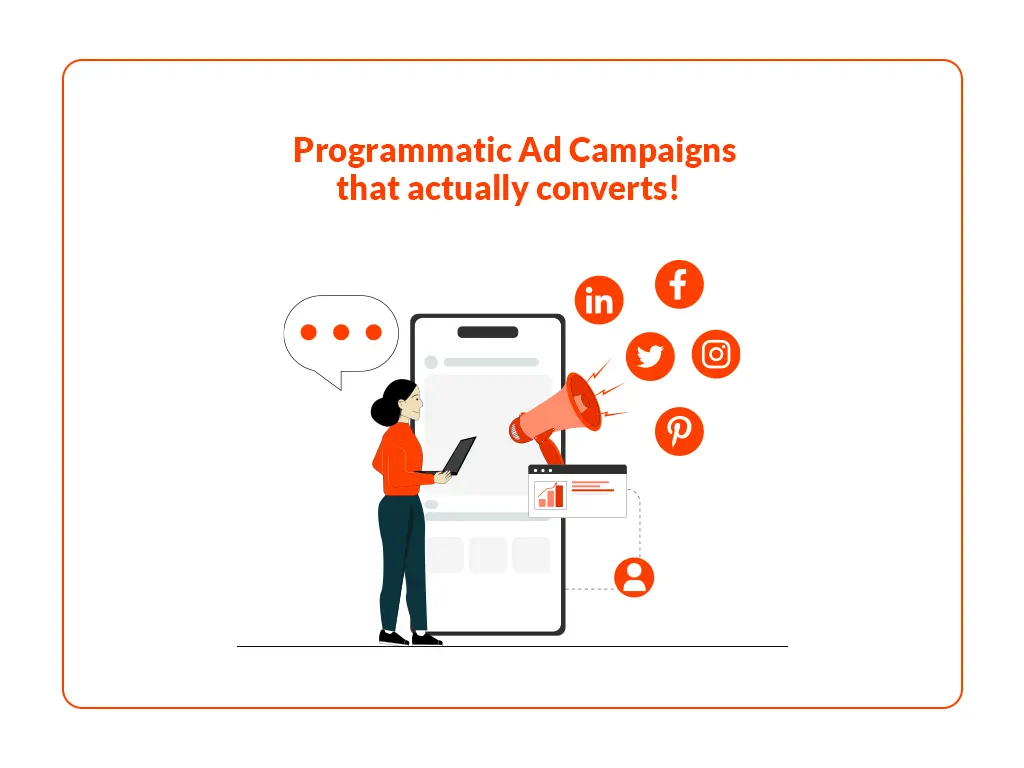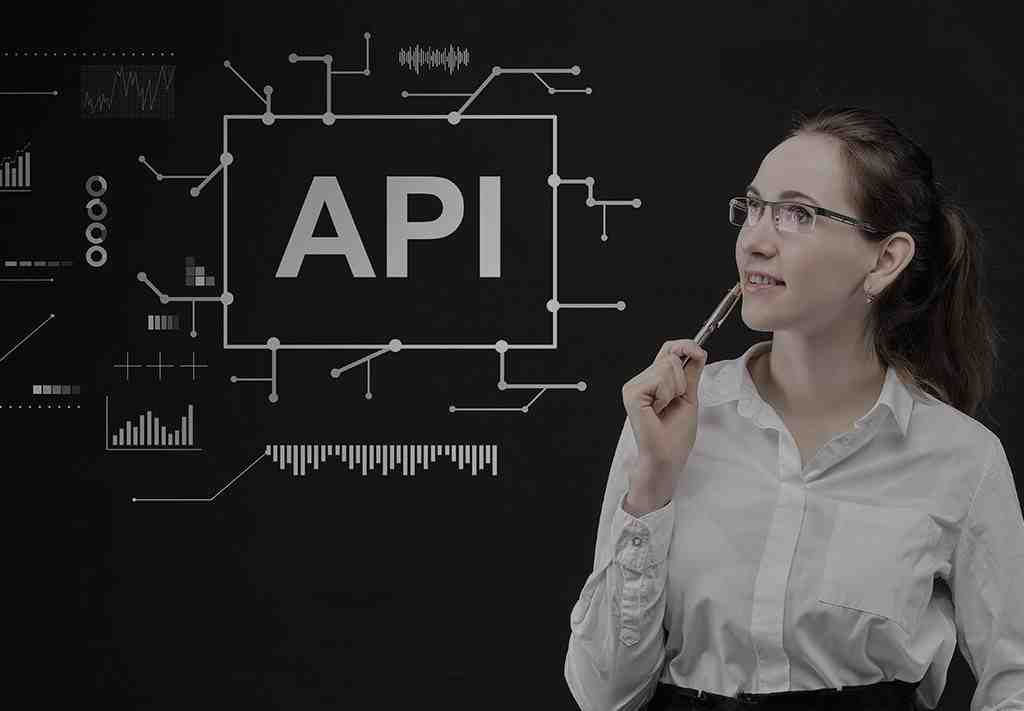Programmatic Ad Campaigns that actually converts!
Want to run Programmatic Ads Campaign that deliver guaranteed results? Look no further! This opportunity is tailored for you!

Creating ad campaigns with programmatic ads that actually convert requires a strategic approach, leveraging data, technology, and best practices to ensure your ads reach the right audience at the right time. Programmatic advertising, with its automation and data-driven targeting, offers immense potential for driving conversions. Here’s a comprehensive guide to help you design and execute programmatic ad campaigns that deliver measurable results.
Understanding Programmatic Ads
Programmatic ads automate the buying and selling of online advertising through real-time bidding (RTB), using data and algorithms to target audiences precisely. This process involves various platforms and technologies, such as Demand-Side Platforms (DSPs), Supply-Side Platforms (SSPs), and Data Management Platforms (DMPs).
Steps to Create High-Converting Programmatic Ad Campaigns:
- Define Clear Campaign Objectives: Before launching a campaign, establish clear objectives. Are you aiming to increase brand awareness, drive website traffic, generate leads, or boost sales? Clear goals will guide your strategy, targeting, and measurement.
- Leverage Audience Data: Use a DMP to gather and analyze audience data. Understand your target audience’s demographics, interests, and behaviors. This data will help you segment your audience and tailor your ads to resonate with each segment.
- Choose the Right DSP: Select a DSP that aligns with your campaign goals and offers robust targeting options, transparency, and analytics. Popular DSPs include Google DV360, The Trade Desk, and MediaMath. The right DSP will provide access to premium ad inventories and advanced bidding strategies. Confused about which DSP to choose? Here’s a blog to help you with that.
Top 10 Demand Side Platforms in 2024
- Create Compelling Ad Creatives: Your ad creatives should be visually appealing and convey a clear message. Use high-quality images or videos, compelling headlines, and strong calls-to-action (CTAs). Tailor your creatives to different audience segments to increase relevance and engagement.
- Implement Advanced Targeting Strategies: Programmatic ads offer advanced targeting capabilities. Utilize these strategies to reach your ideal audience:
- Behavioral Targeting: Target users based on their online behavior and past interactions.
- Contextual Targeting: Place ads on websites or content that match your ad’s theme or keywords.
- Geotargeting: Deliver ads to users in specific locations.
- Retargeting: Re-engage users who have previously interacted with your website or ads.
- Set Up and Test Ad Placements: Experiment with different ad placements and formats to find the most effective combinations. Common formats include display ads, video ads, native ads, and social media ads. Test placements on various websites, apps, and devices to maximize reach and performance.
- Utilize Programmatic Guaranteed and PMP Deals: Consider Programmatic Guaranteed (PG) and Private Marketplace (PMP) deals for premium inventory access. PG deals offer guaranteed impressions on specific sites, while PMP deals provide access to premium placements with select publishers. These deals ensure your ads appear in high-quality environments, enhancing brand safety and credibility.
- Optimize for Real-Time Bidding (RTB): RTB allows you to bid for ad impressions in real-time, ensuring you pay the optimal price for each impression. Use your DSP’s bidding algorithms to adjust bids based on factors like audience segment, time of day, and device type. Monitor performance and adjust bids to maximize ROI.
Monitoring and Optimization
1. Track Key Performance Indicators (KPIs)
Monitor KPIs such as click-through rates (CTR), conversion rates, cost per acquisition (CPA), and return on ad spend (ROAS). Use these metrics to assess your campaign’s performance and identify areas for improvement.
2. A/B Testing
Continuously test different ad creatives, targeting strategies, and placements. A/B testing helps you determine what resonates best with your audience and optimize your campaign accordingly.
3. Adjust and Scale
Based on performance data, adjust your targeting, bids, and creatives to improve results. Scale successful campaigns by increasing budget allocation and expanding reach to new audience segments.
Leveraging Advanced Programmatic Strategies
1. Dynamic Creative Optimization (DCO)
DCO technology allows for real-time customization of ad creatives based on user data. It tailor’s ad elements such as images, text, and CTAs to match individual user profiles, increasing relevance and engagement.
2. Cross-Device Targeting
Ensure your ads reach users across multiple devices, including desktops, tablets, and smartphones. Cross-device targeting provides a cohesive user experience and increases the likelihood of conversions as users switch between devices.
3. Frequency Capping
Control how often your ads are shown to the same user. Frequency capping prevents ad fatigue and annoyance, ensuring users see your ads just enough times to take action without feeling overwhelmed.
Case Study: Successful Programmatic Ad Campaign
Consider a hypothetical case study of an e-commerce company, aiming to increase online sales through programmatic advertising.
Objective
Increase online sales by 20% over three months.
Strategy
- Audience Data: Used a DMP to analyze customer behavior and segment audiences based on shopping habits and interests.
- DSP Selection: Chose Google DV360 for its comprehensive targeting and analytics capabilities.
- Ad Creatives: Developed dynamic display ads featuring personalized product recommendations based on user behavior.
- Targeting: Implemented a mix of behavioral, contextual, and retargeting strategies to reach potential buyers.
- RTB Optimization: Adjusted bids in real-time to maximize visibility and cost-efficiency.
Results
- CTR: Increased by 25%
- Conversion Rate: Improved by 15%
- ROAS: Achieved a 30% increase, surpassing the initial sales goal.
Conclusion
Creating programmatic ads that convert requires a blend of strategic planning, data analysis, and continuous optimization. By understanding your audience, leveraging the right tools and platforms, and employing advanced targeting techniques, you can design campaigns that not only reach your target audience but also drive meaningful conversions. Programmatic advertising offers unparalleled opportunities for precise targeting and real-time optimization, making it an essential tool for any modern marketer looking to achieve significant results.
Implement these strategies, monitor your performance, and be ready to adapt. With the right approach, programmatic ad campaigns can become a powerful driver of growth and success for your business.



